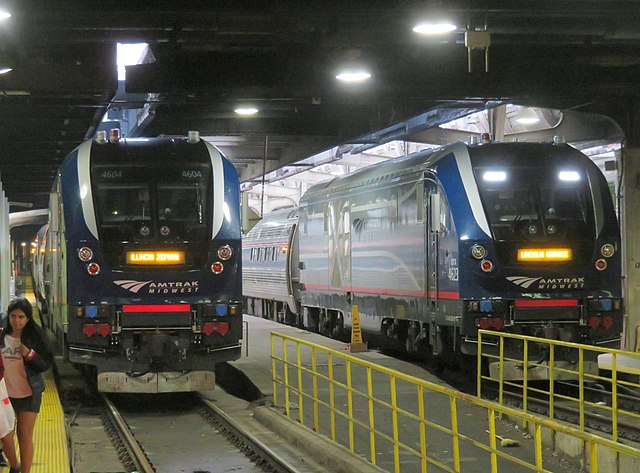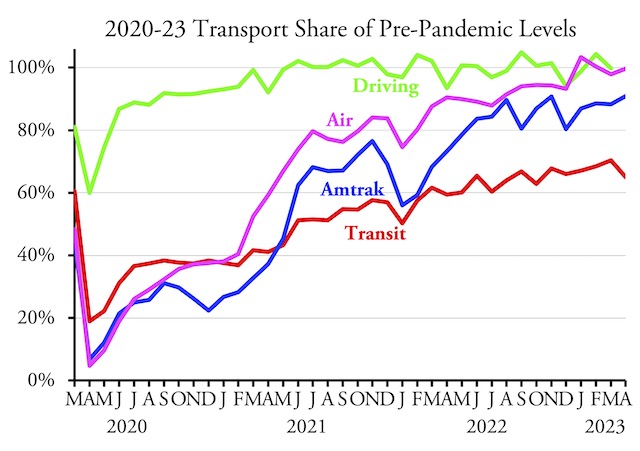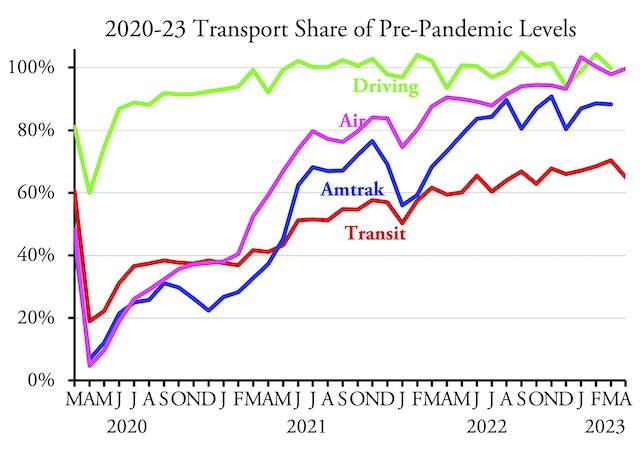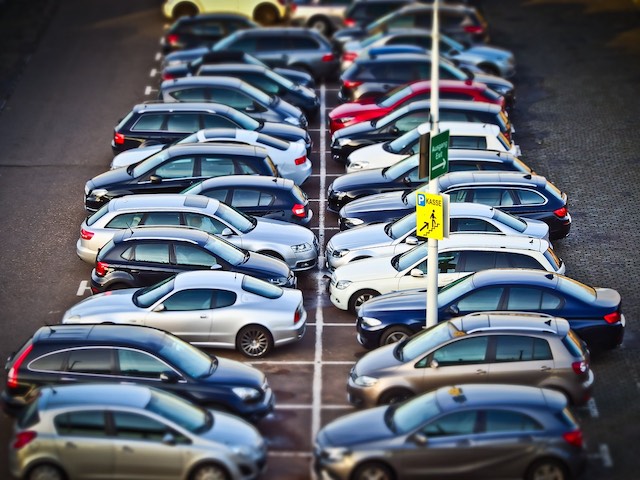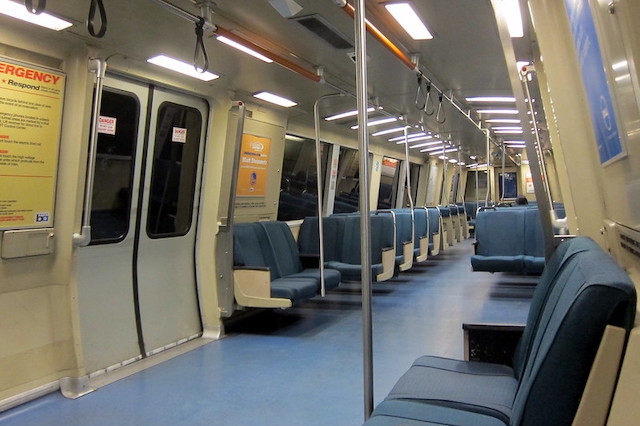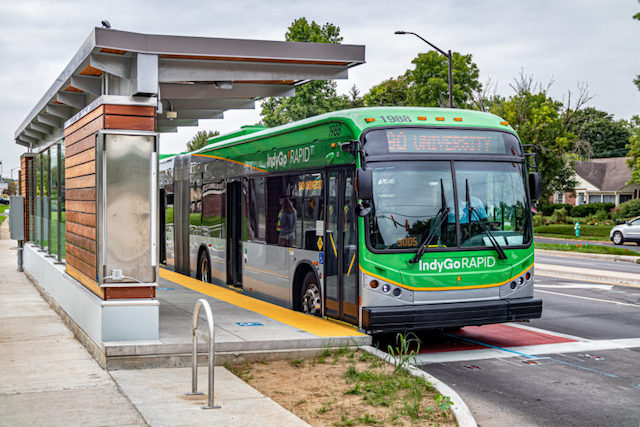What does $2 billion and fourteen years buy? In 2009, Congress appropriated $8 billion for high-speed rail, and the Obama administration gave Illinois more than $1 billion of that to speed up trains between Chicago and St. Louis. The state of Illinois provided its own funds, bringing total spending up to $2 billion. Now, fourteen years later, Amtrak is proud to announce the results: the top speed of trains in the corridor will increase from 90 to 110 miles per hour.
New locomotives purchased to pull the not-so-high-speed trains in the Midwest. Photo by Pi.1415926535.
Don’t get too excited. Although 110 miles per hour is 22 percent faster than 90 miles per hour, trains in the Chicago-St. Louis corridor will average just 5 percent faster, or 2 miles per hour, than under the old schedules. Under Amtrak’s old timetables, the fastest of five trains in the corridor averaged the 284-mile trip at 55.7 mph while the slowest went 52.0 mph, with the average of all five being 54.0. In late July, the new schedule the fastest train to 59.6 mph, the slowest to 53.9, and the average of all five to 56.8. Continue reading

